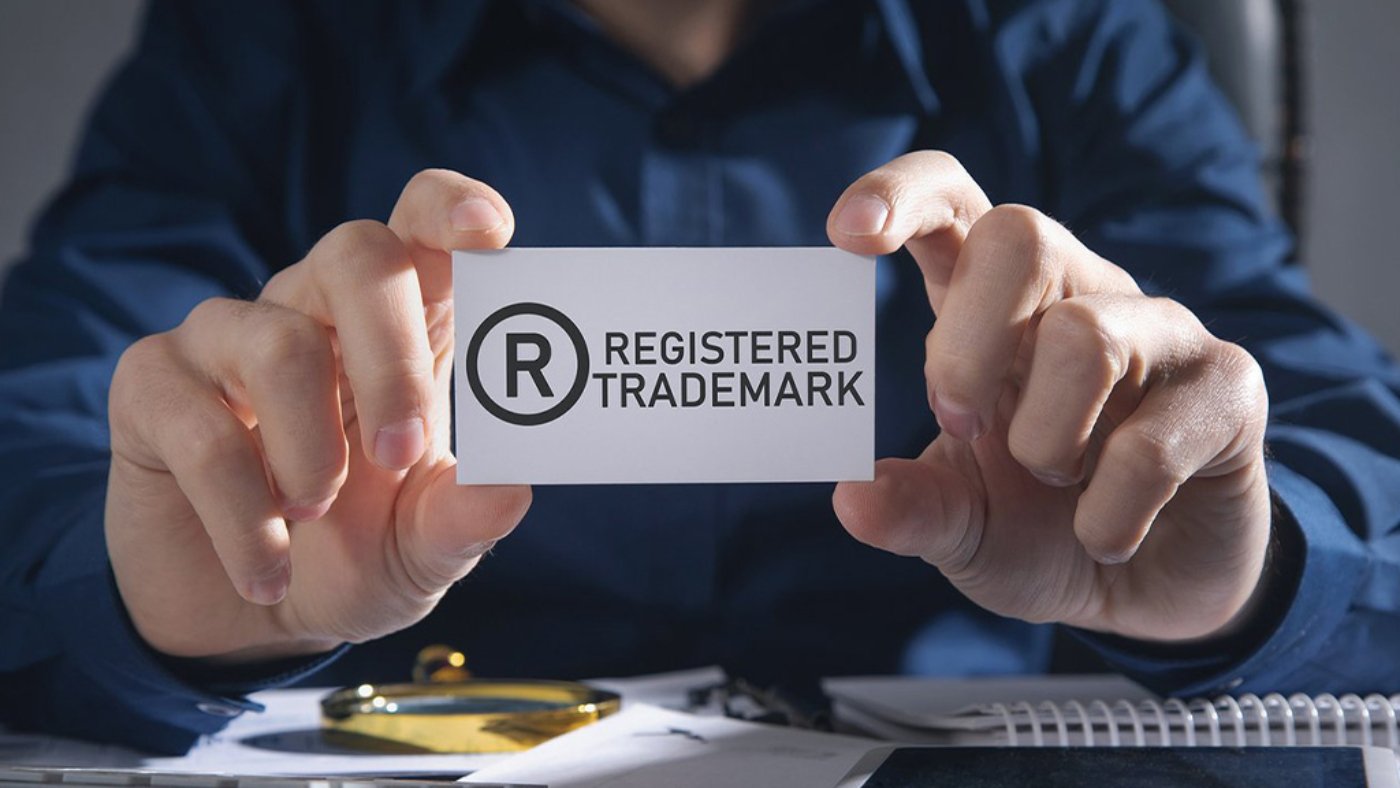You can only obtain a trademark registration in the United States (US) when you use or intend to use your trademark on goods and/or services. You should be selling goods and services under the mark and prominently using your trademark in connection with those goods and services.
- When you file a trademark application with the US Patent and Trademark Office (USPTO), you need to submit proof of use for each class of goods and services associated with the mark.
- In the US, you can file a trademark application based on intent-to-use if you have not yet started using it. After the trademark application is examined, advertised, and allowed by the USPTO Examiner, you will still need to submit a statement of use (including proof of use) for each class. The US trademark will not register before the statement of use is filed.
- If you file a trademark application in another country first (e.g., Canada), you can file a trademark application in the US within 6 months and claim priority to the filing date of the earlier corresponding application. In this case you can rely on the foreign registration to obtain the US registration (without proving use) or opt to obtain registration by filing a statement of use.
- Proof of use is required to maintain your trademark registration in the US. You are required to submit a declaration of use (including proof of use) at 5 and 10 years after registration and then every 10 years after that. If you do not continue to use your mark, it will become vulnerable to cancellation by the USPTO or third parties.
- In the US, rights or ownership are established by first proper use of the trademark on goods and/or services, regardless of whether someone has already filed an application for the same or similar trademark. If you can prove that you used the mark first, you may be successful in opposing or litigating that trademark application, after which you can request refusal or cancellation of the third-party trademark.
- Proper use of a trademark on goods (e.g., clothing, downloadable software) could be one of the following:
- Displaying the mark on the goods themselves (e.g., showing the logo on your t-shirts) or on their packaging or label
- If the product does not allow marking (e.g., semiconductor chips), prominent use of the mark on invoices might suffice
- Displaying the mark on a webpage in proximity to the goods and including information on how to purchase the goods (e.g., “add to cart”)
- For downloadable software, displaying the mark on the website with download information, on the launch screen, or in the software itself may suffice
Please note: To establish the date of first use for your trademark, you will need to have sales or transport in commerce in the US in the ordinary course of trade
Example 1: You are selling shoes under your trademark and your first customer is a resident of the US who ordered via your website. If the shoes are manufactured in Canada and shipped directly to an end purchaser in the US, then the first date of use in commerce will be the date of first sale via the website. Proper proof of use is a picture of the mark shown on the shoes or their label or packaging. It can also be a screenshot/printout of the website where you are displaying the mark in close proximity to the product with information on how to purchase the shoes.
- Proper use of a trademark on services (e.g., IT services, SaaS, cleaning) could be one of the following:
-
- Displaying the mark while performing the services (e.g., you are wearing a t-shirt with the mark while performing IT services at a client site)
- In advertisements, brochures or on your website where the mark is shown properly in proximity to a description of the services
- The mark is included on your invoice for the services rendered
Please note: The date of first use for services is when you first rendered the services in the US in the normal course of trade.
Example 2: If you wish to provide consulting services under your trademark, the date of first use is the date when you have performed those services for actual customers. Merely offering the services to the public is not enough to obtain a trademark registration. Proper proof of use can be a screenshot/printout of the website displaying the mark near a description of the services.
- Proper trademark use does NOT mean incorporating a company, purchasing a domain name, developing a trademark or design, putting your trademark on letterhead and creating a business plan, and other uses that do not relate to the goods and services you are selling under the trademark.
- It is good practice to employ continuous use of the trademark and to let your trademark stand out (in larger font) in text on your website and advertisements. Mark your trademark on your website or in advertisements and on all of your product names. You can use ™ on goods and services if you haven’t filed a registration. If the trademark is registered, you can use the registration symbol ®. Proper marking alert your competitors that you are claiming trademark rights.
- No matter how small, do not make any deviations from your mark (e.g., dropping a word – if your trademark is for “Puzzles Bar & Grill” and you put “Puzzles” on your coasters; or if you make updates to your logo) as use of a deviated trademark may not be protected under your registered trademark.
- Do not allow unauthorized third-party use of the trademark or use your trademark as a noun or verb. If you allow people to use the trademark in such a way, it can lose its distinctiveness and you can lose your rights to the trademark.
Example 3: Mad Dogg Athletics Inc. owns the rights to the registered trademark for the term “spinning” and uses it to identify their brand of indoor cycling equipment and instruction. Because the term has become generic to the sport, the trademark is vulnerable to cancellation and has been subject to several attempts.
Example 4: The “Pilates Method” was created by Joseph Pilates as a version of exercise known as “Contrology.” The trademark to the term “Pilates” was owned by a New York studio, however, in 2000, a judge ruled that the term “Pilates” referred to a type of exercise and invalidated the trademark stating that as, “consumers identify the word ‘Pilates’ as a particular method of exercise, the plaintiff cannot monopolize [it]”.
Key considerations for Canadian companies regarding proof of use for trademarks:
- After confirming your trademark’s availability via on-line searching and in the USPTO trademark database, consider using your trademark and filing your trademark application as soon as possible (ideally before or concurrently with first use). If a trademark has been used in the US prior to your use or your trademark application by a third party, that third party can claim US trademark ownership rights.
- Follow USPTO guidelines for proper use of a trademark to establish trademark rights and keep your trademark. Using a trademark merely as a company or domain name is not proper trademark use. Consider putting a ™ next to your mark and changing it to an ® symbol if your trademark is registered in the US.
- Monitor for use of your trademark (identical or confusingly similar) by third parties. Consider taking immediate action against unauthorized use.
According to Kim Capiau, Registered Trademark Agent at Stratford Intellectual Property, “Use is key in trademark law – it allows you to establish ownership and to maintain your trademark. You can either use your trademark properly or risk losing your trademark, even if you have obtained a trademark registration”.
Source: https://ised-isde.canada.ca/


Add a Comment